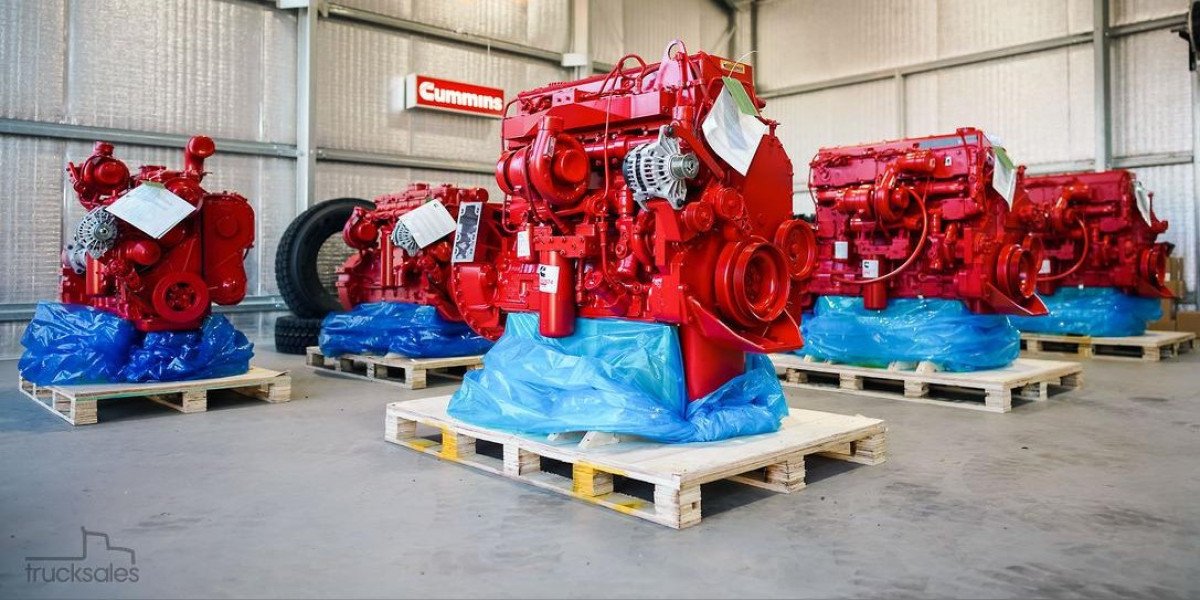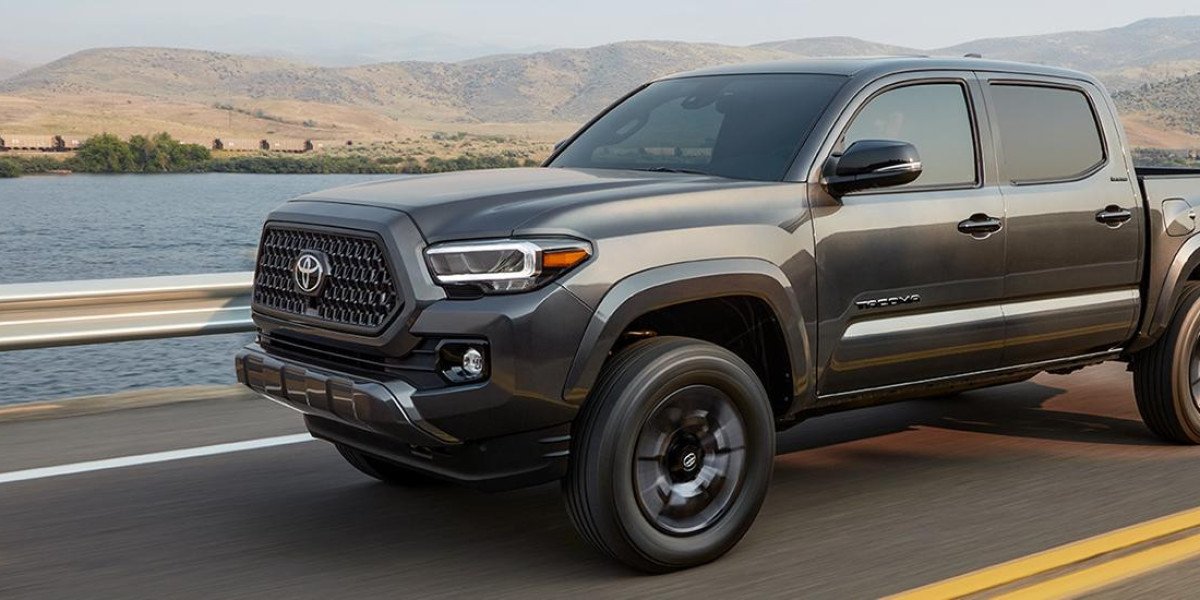Electric brake boosters are revolutionizing automotive braking systems by replacing traditional vacuum boosters with advanced electric motors to provide faster, more efficient, and responsive brake assistance. This innovation plays a critical role in advancing the safety, performance, and efficiency of electric and hybrid vehicles, while integrating seamlessly with modern driver-assist technologies.
According to Straits Research, the global electric brake booster industry was valued at USD 1.56 billion in 2024 and is expected to grow from USD 2.07 billion in 2025 to a remarkable USD 32.59 billion in 2033, with a CAGR of 24.96% over the forecast period (2025–2033).
Technological Advancements and Market Drivers
Electric brake boosters are vacuum-independent, highly dynamic, and capable of supporting brake-by-wire functions critical for autonomous and automated driving vehicles. Unlike traditional vacuum boosters, electric boosters offer smaller size, easier installation, and reduce dependency on engine vacuum, making them ideal for electric vehicles (EVs) and hybrid electric vehicles (HEVs).
Innovations include compact designs with integrated software enabling flexible pedal feel adjustment, full energy recuperation algorithms that enhance regenerative braking, and faster stopping distances vital for automatic emergency braking (AEB). This results in improved driving safety and extends vehicle range by up to 15% through energy recuperation during deceleration. Regulatory pressure for better vehicle safety and efficiency standards globally is pushing OEMs toward adopting electric brake boosters.
Regional Insights and Leading Players
Asia-Pacific
Asia-Pacific leads in electric brake booster innovation, with China, Japan, and India at the forefront. China’s rapid electric vehicle adoption fuels massive demand for advanced brake solutions, where companies like BYD and Nidec are integrating electric brake boosters with electric powertrains. Japan’s established automotive industry, including Toyota and Denso, emphasizes brake system integration supporting hybrid and autonomous vehicles.
North America
The US and Canada are focusing on electric brake booster adoption driven by increasing electric vehicle production and stringent safety norms. Companies like Bosch and Continental are innovating brushless motor boosters with enhanced vehicle dynamics and fail-safe capabilities tailored for autonomous driving architectures.
Europe
Germany, UK, and France are hubs for advanced automotive components, with key players like ZF Friedrichshafen and Valeo actively developing electric brake boosters with modular features supporting multiple drivetrain types and stringent EU safety and environmental regulations.
Key Players and Competitive Landscape
Bosch Mobility: Offers highly reliable vacuum-independent electric brake boosters that enhance braking power while reducing weight and fuel consumption.
Continental AG: Specializes in brushless motor boosters facilitating precise braking pressure modulation and integration with regenerative braking systems, critical for hybrid and battery electric vehicles.
Nidec Corporation: Provides compact, energy-efficient electric brake booster systems, focusing on integration with electric powertrains and driver-assistance functions.
ZF Friedrichshafen AG: Develops modular and fail-operational electric brake boosters supporting brake-by-wire architectures for autonomous vehicles.
Valeo: Innovates lightweight electric brake boosters offering improved response time and lower packaging space for next-gen electric cars.
Brakes India (TSF Group): Showcased “E-Boost Technology,” a motor-on actuator combining pedal and regenerative braking, signaling strong ambitions in EV braking solutions for Indian and global markets.
Latest Developments and News
In March 2025, Brakes India unveiled its motor-on actuator at Bharat Mobility Global Expo, highlighting its dual-function technology that blends manual and regenerative braking to enhance EV safety and efficiency.
Bosch updated its electric brake booster lineup with lighter, more compact models featuring integrated diagnostics and fail-safe functions.
Continental announced a brushless electric booster with advanced sensor fusion technology to improve braking control for autonomous vehicles in April 2025.
Nidec expanded its electric brake booster production capacity in China, partnering with leading EV manufacturers to supply next-gen braking components.
ZF and Valeo continue collaborating on brake-by-wire technologies integrated with electric brake boosters aimed at fully autonomous vehicle systems.
Emerging Trends in Electric Brake Boosters
Brake-by-Wire Adoption: Increasing integration of brake-by-wire systems enhances system flexibility and supports autonomous driving use cases.
Energy Recuperation: Electric brake boosters aid regenerative braking systems to improve overall vehicle energy efficiency and range.
Compact Integrated Designs: Manufacturers focus on reducing booster size and weight to optimize packaging in compact EV architectures and improve vehicle dynamics.
Software-Defined Braking Characteristics: Customized pedal feel and braking behavior controlled via software allow manufacturers to tailor vehicle responsiveness to driver preferences and safety norms.
Fail-Safe and Redundancy: High emphasis on safety through redundant braking systems and fail-operational capabilities to comply with stringent global automotive standards.
Collaboration Across Sectors: Partnerships between OEMs, suppliers, and tech developers develop integrated braking architectures incorporating advanced sensors, communication networks, and AI.
Challenges and Opportunities
Challenges include high R&D and manufacturing costs, integration complexities with diverse powertrain architectures, and ensuring compliance with evolving automotive safety standards. However, as EV production accelerates and autonomous vehicle adoption grows, the demand for efficient, compact, and safe electric brake boosters represents a lucrative opportunity for innovators.
Conclusion
Electric brake boosters are redefining vehicle braking by enhancing performance, safety, and efficiency with state-of-the-art technology designed for the modern automotive ecosystem. With continuous innovation and robust global demand, electric brake boosters stand poised to power the brakes of future mobility, supporting the shift towards electrification and autonomy.








